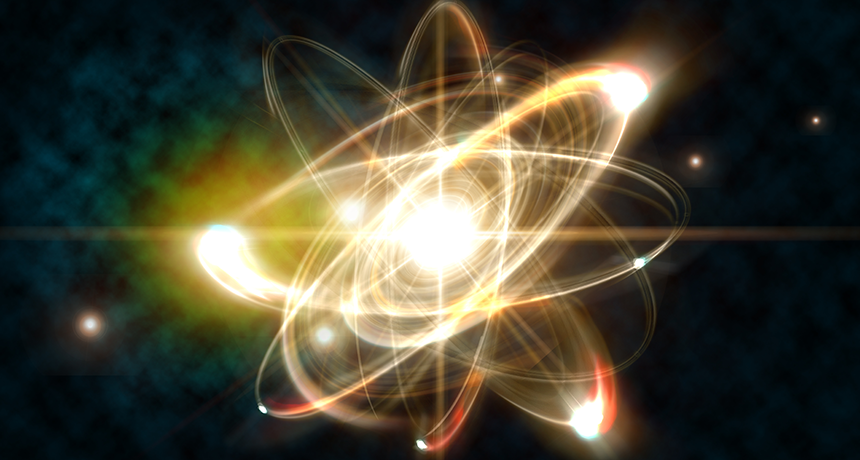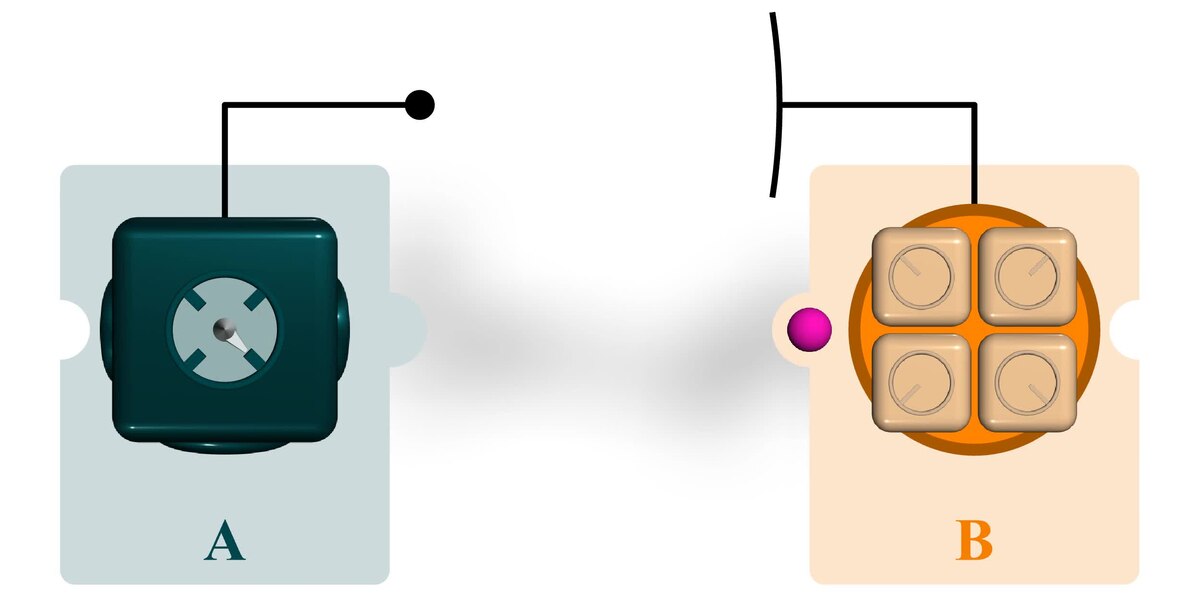esalla
Platinum Member
- Banned
- #1
So why exactly is it that so many are denying these breakthroughs and flat out claiming that no information can and is being sent using entangled particles?
 www.sciencealert.com
www.sciencealert.com
As 2019 winds to a close, the journey towards fully realised quantum computing continues: physicists have been able to demonstrate quantum teleportation between two computer chips for the first time.
Put simply, this breakthrough means that information was passed between the chips not by physical electronic connections, but through quantum entanglement – by linking two particles across a gap using the principles of quantum physics.
We don't yet understand everything about quantum entanglement (it's the same phenomenon Albert Einstein famously called "spooky action"), but being able to use it to send information between computer chips is significant, even if so far we're confined to a tightly controlled lab environment.
"We were able to demonstrate a high-quality entanglement link across two chips in the lab, where photons on either chip share a single quantum state," explains quantum physicist Dan Llewellyn from the University of Bristol in the UK.
"Each chip was then fully programmed to perform a range of demonstrations which utilise the entanglement."
Hypothetically, quantum entanglement can work over any distance. Two particles get inextricably linked together, which means looking at one tells us something about the other, wherever it is (in this case, on a separate computer chip).
To achieve their result, the team generated pairs of entangled photons, encoding quantum information in a way that ensured low levels of interference and high levels of accuracy. Up to four qubits – the quantum equivalent of classical computing bits – were linked together.
Physicists Just Achieved The First-Ever Quantum Teleportation Between Computer Chips
As 2019 winds to a close, the journey towards fully realised quantum computing continues: physicists have been able to demonstrate quantum teleportation between two computer chips for the first time.
As 2019 winds to a close, the journey towards fully realised quantum computing continues: physicists have been able to demonstrate quantum teleportation between two computer chips for the first time.
Put simply, this breakthrough means that information was passed between the chips not by physical electronic connections, but through quantum entanglement – by linking two particles across a gap using the principles of quantum physics.
We don't yet understand everything about quantum entanglement (it's the same phenomenon Albert Einstein famously called "spooky action"), but being able to use it to send information between computer chips is significant, even if so far we're confined to a tightly controlled lab environment.
"We were able to demonstrate a high-quality entanglement link across two chips in the lab, where photons on either chip share a single quantum state," explains quantum physicist Dan Llewellyn from the University of Bristol in the UK.
"Each chip was then fully programmed to perform a range of demonstrations which utilise the entanglement."
Hypothetically, quantum entanglement can work over any distance. Two particles get inextricably linked together, which means looking at one tells us something about the other, wherever it is (in this case, on a separate computer chip).
To achieve their result, the team generated pairs of entangled photons, encoding quantum information in a way that ensured low levels of interference and high levels of accuracy. Up to four qubits – the quantum equivalent of classical computing bits – were linked together.



